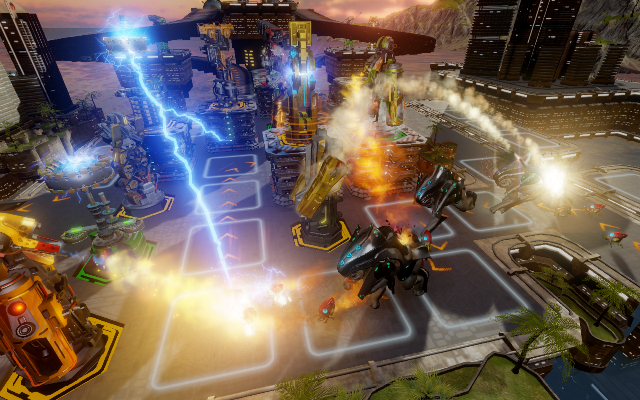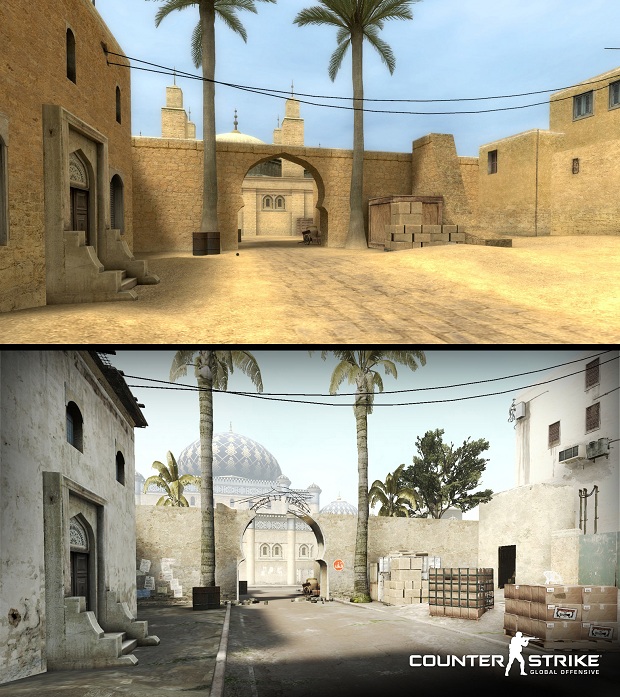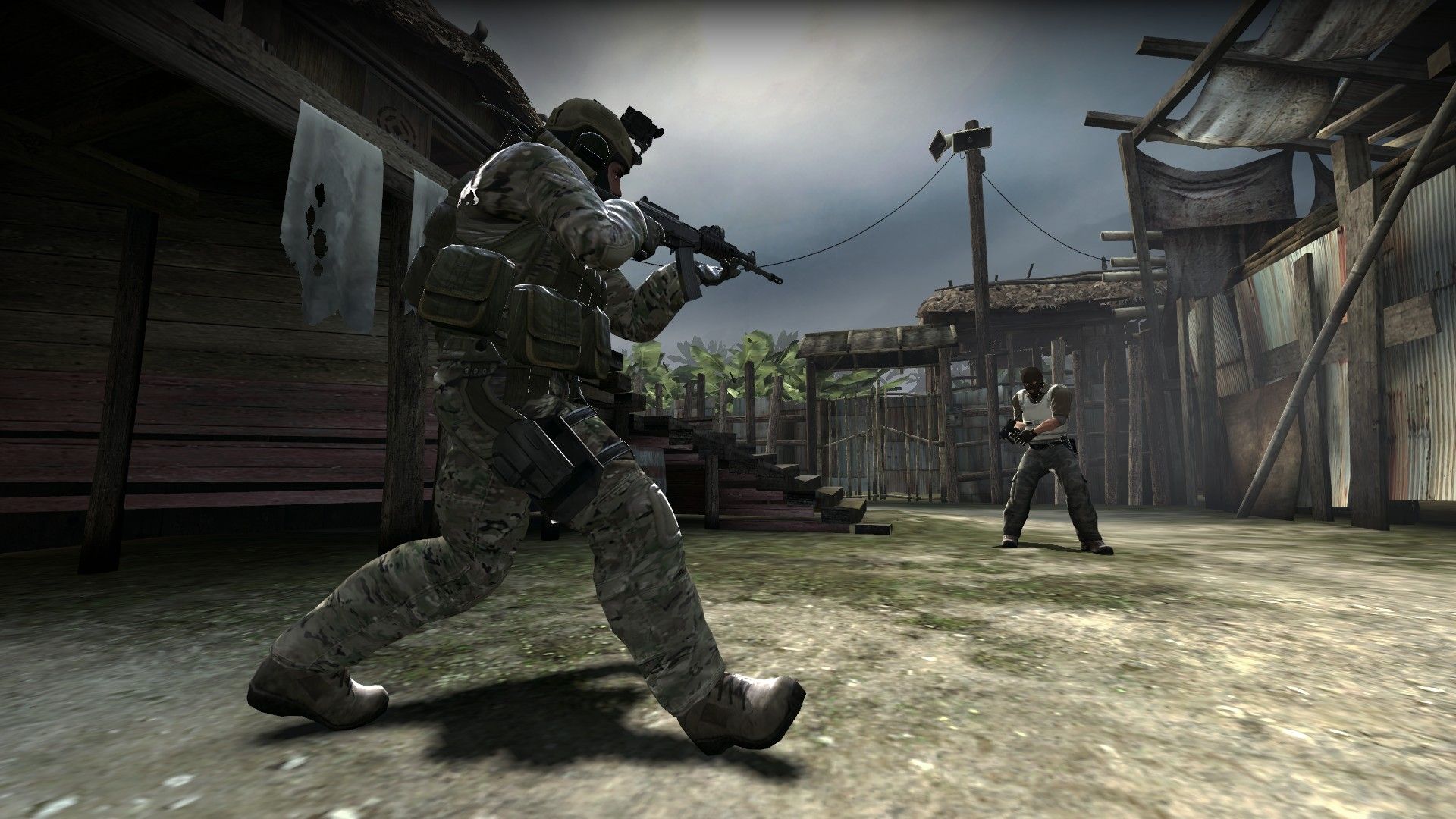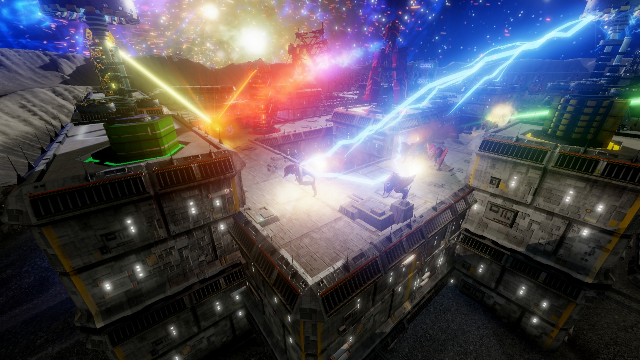 12 years ago
12 years ago
Defense Grid 2 preview: Break up for the kids
The crawlers keep crawling, and the drip keeps dripping in Defense Grid 2.
Hidden Path Entertainment’s sequel to its 2008 tower defense game features a new resource and score system known as “the drip,” and it works exactly as planned: it makes games winnable for greenhorns while keeping aces chasing after higher scores that are achieved by killing crawling aliens with all manner of haste.
Never having played Defense Grid: The Awakening, I wasn’t sure exactly what to expect out of its follow-up when I picked up the controller at PAX East. From the outset, the player is confronted with a multitude of options for defending the base from unwanted pests and a cluster of information tracking your progress in this endeavor. The amount of data and options on the screen paired with the constant march of baddies out of their gate, towards my tower and back again with poached cores in tow could have been overwhelming. It could have been, but it wasn’t. Hidden Path Entertainment saw to that with its streamlined presentation of data, tower building options and drip-drop of resources. Everything was pleasantly intuitive and easily manageable.
Sometimes, divorce is the answer
Being intuitive for beginners while remaining fun and challenging for experts is exactly what Hidden Path was aiming for with its sequel. Though it’s impossible to report on the latter, I can tell you that the studio pulled off the former with aplomb. The drip, which Polygon first reported on here, allows for resources to constantly accumulate as a line graph tracks your score in the upper right corner of the screen. Regardless of what your score is, your resource distribution rate remains the same. The rate of the drip in the PAX build allowed me to erect large quantities of a mixture of the six tower types present (cannon, missile, laser, gun, inferno and tesla) and upgrade many of them to carry more firepower.
Executive Producer Jeff Pobst explains that his team separated score from resource distribution in Defense Grid 2 in order to avoid the “negative feedback loop” that many players got stuck in due to poor decision making in the first game. As Pobst describes it, novices would waste too many of their resources early on building the wrong types of towers or placing towers in poor positions. This would leave them unable to repel enemies and unable to gather enough resources to compensate for their mistakes. Meanwhile, top players would dominate early on and find themselves with an embarrassment of riches, making victory too easily achieved.
 14 years ago
14 years ago
Check out the changes to de_dust in Counter-Strike: Global Offensive
IGN has put together a great video feature that gives us a tour of de_dust in Counter-Strike over the years since its debut. Starting in 1.6, graduating to Source …
Read More
 14 years ago
14 years ago
Over an hour of Counter-Strike: Global Offensive footage ready for viewing
Intel has released over an hour’s worth of footage from Valve’s highly anticipated competitive shooter, Counter-Strike: Global Offensive. The footage was taken at the Intel Extreme Masters Global Challenge, …
Read More

